Maine has become a hub of call centers
Call centers — those banks of pleasant, headset-wearing workers who seem to be at the end of every toll-free telephone line — are an unseen but vital part of Maine’s economy, working behind the scenes for companies like L.L.Bean and Bank of America.
Over the years, the availability of experienced, high-quality employees has driven the growth of Maine’s industry of call centers — or, as they are often called today, contact centers.
In 1993, credit card giant MBNA Corp. opened a call center in Camden, where the company’s founder, Charles Cawley, had a home. Ultimately, MBNA established call centers in Belfast, Rockland and a half dozen other Maine locations. By the early 2000s, the company employed 4,500 across the state.
After Bank of America purchased MBNA in 2006, many of its former workers found jobs at athenahealth, a Massachusetts health care software company that created a call center and office in Belfast. The company, acquired by a private equity firm in November 2018 for $5.7 billion, now has 950 workers in Belfast and is one of Waldo County’s largest employers.
In total, more than 8,700 Mainers work today at call centers in nearly 100 locations, according to the state Department of Labor. Nationwide, some 2.3 million people work at 71,000 centers, according to a trade group’s estimate.
Some are company-owned, including the centers for Bean, athenahealth and home goods e-tailer Wayfair LLC, which answers its phones at locations in Bangor and Brunswick.
Other call centers function as outsourcers, including Brunswick Landing-based SaviLinx. In fact, Maine employs three times the per-capita national average number of workers in call centers that serve other businesses, according to the federal Bureau of Labor Statistics.
A big employer
SaviLinx founder and CEO Heather Blease got her start in Maine’s call-center industry in 1995, when she launched EnvisioNet, which supported technology clients such as Microsoft.
In six years, EnvisioNet grew to 2,500 employees and $30 million in annual revenue, but the company’s call volume couldn’t keep up with its expensive infrastructure investments. EnvisioNet eventually filed for Chapter 11 bankruptcy.
Blease took a break from business for a while, but returned in 2013 to start SaviLinx, which now has 700 employees and $17 million in annual revenue.
“The technology has changed so much from when I started EnvisioNet,” she says. “In 1995, it was hardware and software and switches on site. Those are expensive, and the costs have to be borne ahead of being able to take the first call. Today, the technology is cloud-based, and you pay as you go.”
Blease says another major change was the early-2000s shift in call-center business to cut-rate outsourcers overseas. More recently, it’s started to return to the United States.
“Many of those jobs are coming back to the U.S. because of dissatisfaction,” she says. “I’ve had the same experience — if you can’t understand the person on the other end of the phone, it is very frustrating.”
SaviLinx itself has been on a hiring spree, adding staff at its Brunswick Landing center and in Hattiesburg, Miss., where the company is building a 43,000-square-foot call center.
Finding the right place and the right people for a call center is a critical challenge, according to Blease. She cites the need to include Spanish-speaking employees in her workforce and for the geographic diversity to cope with weather disruptions.
“It’s a balancing act,” Blease says. “[Mainers provide] a loyal, educated workforce. That’s something which, for companies that have only been in Maine, is easy to take for granted. We do have special people here.”
But with advances in technology, such as the ubiquitous customer-service bot, will there come a time when those people are unnecessary?
Blease says she’s not worried.
“The intelligence is increasing at a phenomenal rate. But the computer cannot provide empathy,” she says. “It will never be able to provide that connection to the customer, to relay the feeling of ‘I’m sorry you’re having a problem, and we have to get this fixed.’”
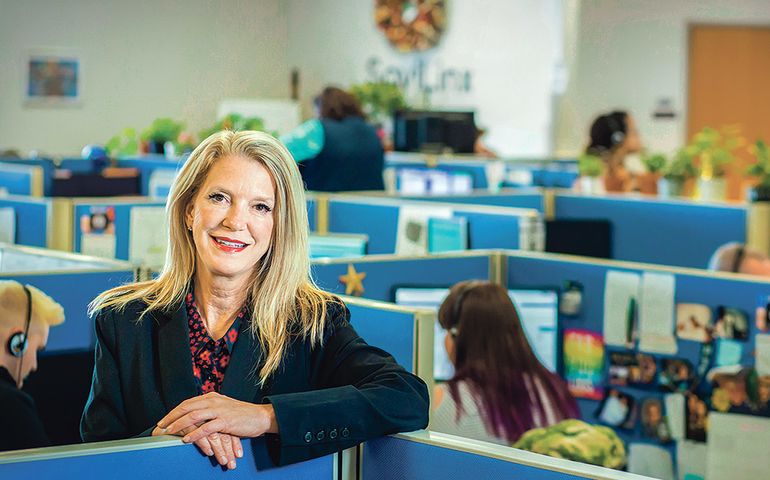
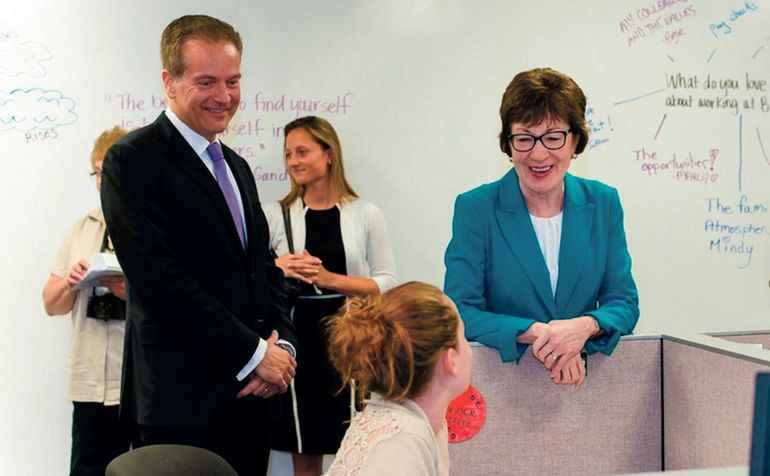






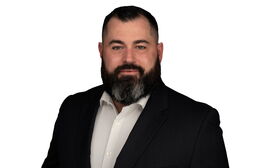
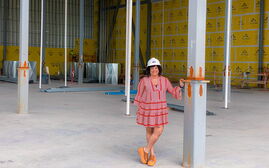
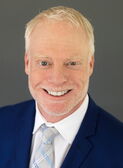





0 Comments